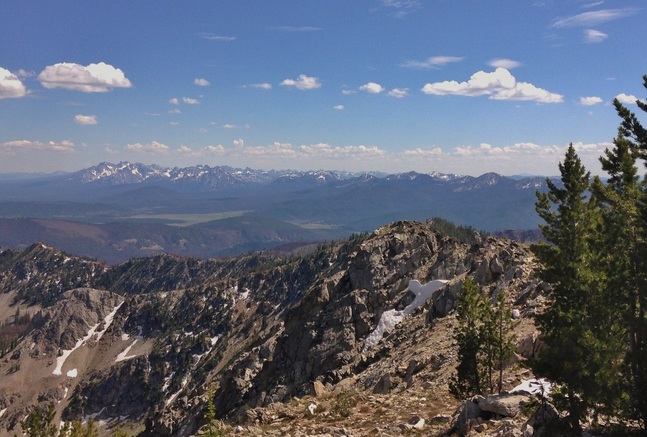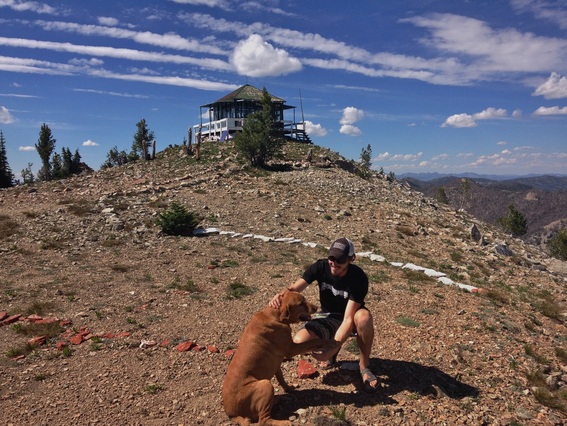No two days are alike in the mountains.
I’m flying solo on an eight-week road trip in the interior West this summer, enjoying my fill of hiking, biking and climbing. So far, my adventures have included strenuous day and overnight hikes to alpine lakes in Wyoming’s towering Teton Range and Idaho’s jagged Sawtooths – two iconic ranges with skylines as recognizable as those of New York City or Chicago.
The small mammals make their home among high-elevation talus fields and blend in well to their surroundings. My first observation this summer happened at 9,700 feet on Ruffneck Peak in Idaho’s Frank Church – River of No Return Wilderness. The peak, with a 360-degree viewshed, is prominent enough to house an active lookout tower. Its occupant and his dog greeted us as we approached the minimalist residence.
Even so, when one of my hiking partners said he heard the familiar pika chirp, I began scanning the ground, hell-bent on spotting it. I scrambled along the edge of the ridge and caught movement out of the corner of my eye. I stopped and squatted down, focusing my gaze on a pika. Just as I reached for my camera, it darted into the talus, just as quickly as it had appeared.
The days following Ruffneck Peak have been disappointing with no pika sightings, but the excitement of a potential observation continues to swell with every turn of a switchback. Being part of a major effort to help understand climate change and its effect on mountain ecology is beyond rewarding – I feel it is my obligation as a frequent visitor to these magical environments.



